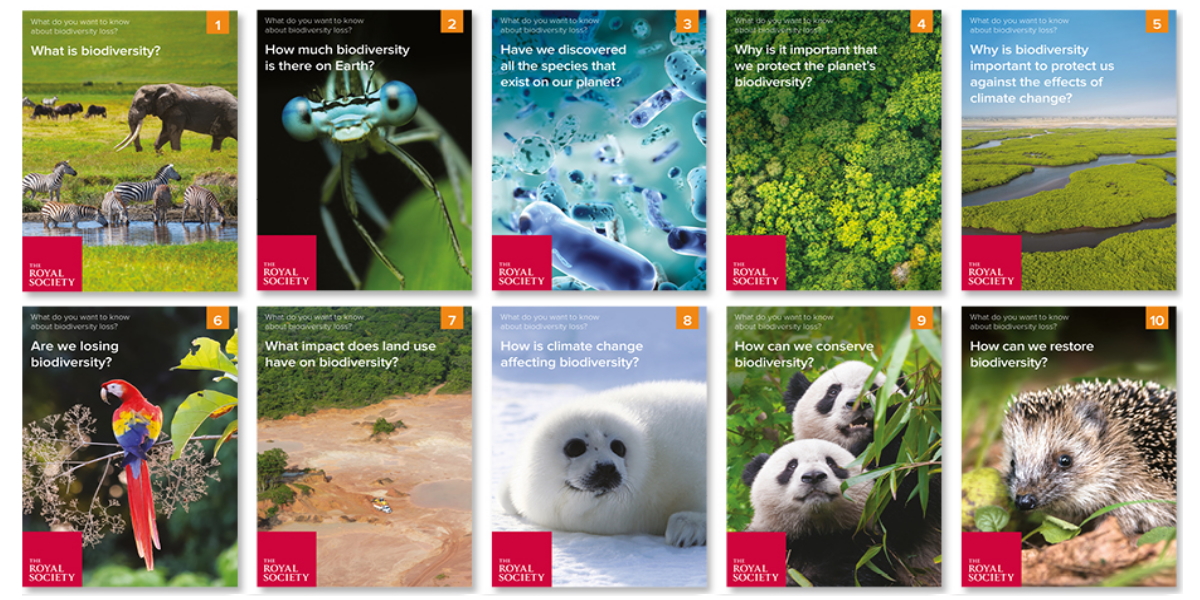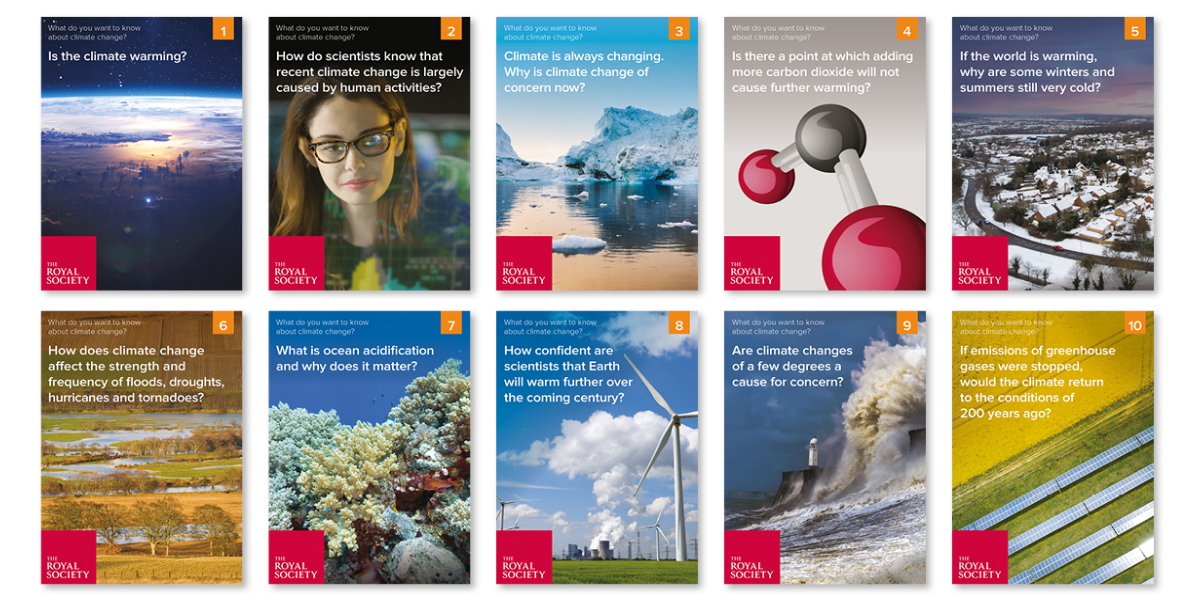Filters
Clear allSubject
- Careers (3) Apply Careers filter
- Climate Change (2) Apply Climate Change filter
- Computing (22) Apply Computing filter
- Creative arts and media (5) Apply Creative arts and media filter
- (-) Remove Cross curricular filter Cross curricular
- Design and technology (32) Apply Design and technology filter
- Engineering (10) Apply Engineering filter
- Food Preparation and Nutrition (1) Apply Food Preparation and Nutrition filter
- Mathematics (33) Apply Mathematics filter
- Science (69) Apply Science filter
- Space (1) Apply Space filter
- STEM Clubs (1) Apply STEM Clubs filter
Age range
Type
- Activity sheet (60) Apply Activity sheet filter
- Audio (4) Apply Audio filter
- Data set (1) Apply Data set filter
- Experiment (2) Apply Experiment filter
- Game (3) Apply Game filter
- Group work (3) Apply Group work filter
- Image (6) Apply Image filter
- Information sheet (24) Apply Information sheet filter
- Interactive resource (8) Apply Interactive resource filter
- Poster (9) Apply Poster filter
- (-) Remove Presentation filter Presentation
- Research (4) Apply Research filter
- Teacher guidance (68) Apply Teacher guidance filter
- Video (26) Apply Video filter
- Include Physical Resources (0) Apply Include Physical Resources filter
Showing 98 results
This resource, aimed at primary level, helps to develop an understanding of pollination and how flowers attract insects. Linked to the topics of lifecycles, plants and living things and their habitats, it provides an opportunity to identify and name wild flowers, whilst investigating the frequency of different...
This activity supports learning in science and history, using the context of Dr Edward Jenner’s work on developing a vaccine for Smallpox.
Using a wide range of secondary sources of information children find out about different people’s views on vaccination in the early 1880’s. Using this information they can...
This activity supports learning in history and English, using the context of the context of Dr Edward Jenner’s work on developing a vaccine for Smallpox. It introduces the concept of historical evidence and helps children start to use primary and secondary sources to respond to simple history questions. The...
This play explores how other countries provide food for us in the UK and the impact that this has on the environment and local people. A family are transported to various locations in the World in...
This resource consists of three separate activities designed as an introduction to smallpox and the development of vaccinations resulting from Edward Jenner’s ideas, investigations and collection of evidence. Activity (a) introduces Jenner’s work through the JAMES film. Children then take part in a smallpox...
Using the context of the well known story of the Three Little Pigs, pupils are introduced to the concept of the materials life cycle. A presentation aids learning about different building materials and how waste is created but can also be reduced. In the activity, pupils are invited to design recycled house ideas...
This teaching package, aimed at Key Stages Two and Three, investigates the science of tree rings (dendrochronology). Linked to the topics of plants and living things and their habitats, it looks at cut tree trunks to determine the age of the tree, how fast it grew and...
This activity away from the computer is from the Barefoot Computing project. It is intended to provide a theoretical understanding of why and how variables are used in computer programming, using the example of score-keeping in a classroom quiz. Involving several volunteers from the group, the activity uses...
This activity shows how Earth observation can be used to study human geography by comparing the satellite images of Las Vegas over the last few decades. Linking to measurement of irregular areas and addition and multiplication of fractions, it asks children to measure the area of Las Vegas at three separate times...
This brief activity uses false-colour images of the Columbia glacier to introduce the idea of using sequences of satellite images to monitor change and focuses on the selection of appropriate data for an investigation.
This activity uses satellite images of the Earth to show how a glacier has changed over almost three decades. Children are asked to measure the glacier to find out how much it has changed in size and to compare false-colour images to suggest how this helps us find out more about environmental change. Guidance on...
This activity looks at water consumption on a local and global scale. Students learn about the main water contaminants and various methods of purification and the role of engineers and their approach to design challenges. The resource aims to inspire an interest in water conservation and to introduce students to...
This short activity introduces students to the ideas of the footprint and resolution of an image, asking them to choose and use appropriate methods to calculate how these quantities would change as they moved a camera to a series of vantage points above the surface of the Earth

These evidence-based, question and answer style classroom resources can be used to engage students of all ages...

These evidence-based, question and answer style classroom resources can be used to engage students in the climate...
